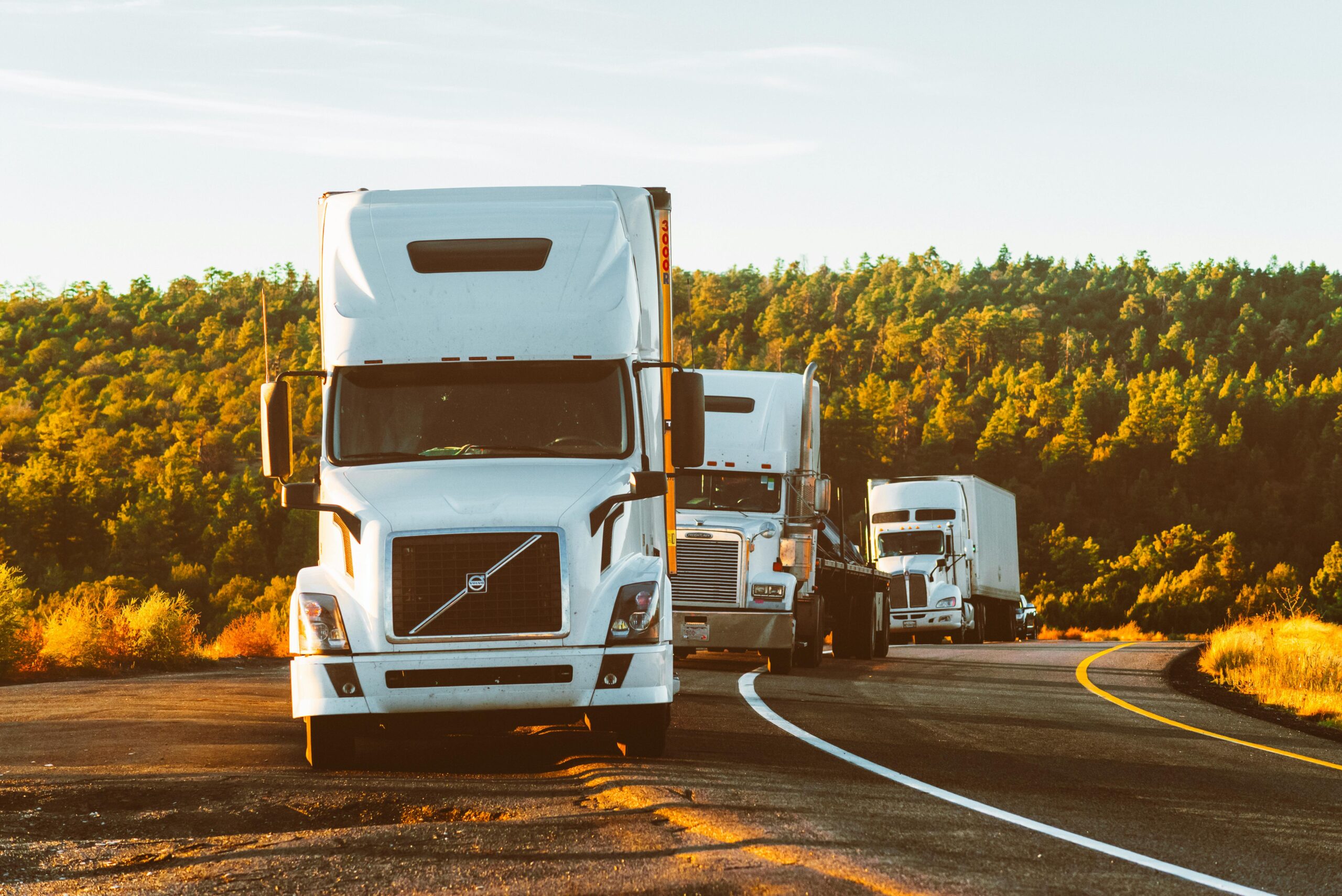In today’s global economy, the trucking industry serves as a vital artery, facilitating the movement of goods from manufacturers to consumers with speed and efficiency. In this comprehensive guide, we’ll delve into the intricate workings of the trucking industry, exploring its role as a cornerstone of commerce and examining the myriad challenges and opportunities it faces in the modern era.
1. The Backbone of Commerce: Understanding the Role of Trucking
At the heart of supply chain logistics lies the indispensable role of trucking. With over 70% of all freight transported by trucks annually in the United States alone, the industry serves as a linchpin connecting businesses, suppliers, and consumers across vast distances. From delivering groceries to stocking store shelves and transporting raw materials to factories, trucking fuels the engine of commerce, driving economic growth and prosperity.
2. Evolution of Trucking Technology
The trucking industry has undergone a remarkable transformation fueled by technological innovation. From humble beginnings to the dawn of the digital age, advancements in trucking technology have revolutionized the way goods are transported. Today, cutting-edge solutions such as GPS tracking, telematics, and route optimization software empower trucking companies to operate more efficiently, enhancing productivity, safety, and environmental sustainability.
3. Regulations and Compliance
As stewards of public safety and guardians of the nation’s highways, the trucking industry operates under a strict framework of regulations and compliance standards. Governed by agencies such as the Federal Motor Carrier Safety Administration (FMCSA), trucking companies and drivers must adhere to a myriad of rules ranging from hours of service limits to vehicle maintenance requirements. Electronic Logging Devices (ELDs) have emerged as a cornerstone technology for ensuring compliance and accountability, digitizing logbooks and enhancing enforcement capabilities.
4. Challenges Facing the Trucking Industry
Despite its vital role in the economy, the trucking industry faces a myriad of challenges that threaten its sustainability and resilience. Chief among these is the looming driver shortage, exacerbated by an aging workforce and a dearth of young recruits entering the profession. Rising fuel costs, coupled with environmental concerns, pose additional hurdles, prompting industry stakeholders to explore alternative fuels and green logistics solutions. Moreover, inadequate infrastructure and congestion on highways further strain the efficiency and profitability of trucking operations.
5. The Life of a Truck Driver
Behind the wheel of every big rig lies the beating heart of the trucking industry: the truck driver. Enduring long hours on the road, navigating treacherous terrain, and braving inclement weather, truck drivers play a pivotal role in keeping the wheels of commerce turning. However, life on the road can be isolating and physically demanding, with drivers facing challenges such as fatigue, stress, and limited access to amenities. Strategies for maintaining health and well-being are essential for ensuring the safety and vitality of the industry’s workforce.

6. Sustainability in Trucking
In an era defined by growing environmental awareness and calls for sustainability, the trucking industry is embracing innovative solutions to reduce its carbon footprint and mitigate its impact on the planet. From the adoption of alternative fuels such as natural gas and electric vehicles to the implementation of eco-friendly logistics practices, trucking companies are increasingly prioritizing environmental stewardship in their operations. Green initiatives not only benefit the environment but also yield cost savings and enhance corporate social responsibility.
7. Future Outlook and Trends
Looking ahead, the trucking industry stands at a crossroads, poised for further evolution and transformation in the years to come. Emerging technologies such as blockchain, artificial intelligence, and autonomous vehicles hold the promise of revolutionizing the way goods are transported, ushering in an era of unprecedented efficiency and connectivity. However, with innovation comes disruption, and industry stakeholders must navigate a rapidly changing landscape marked by shifting consumer demands, regulatory pressures, and geopolitical uncertainties.
Conclusion:
In conclusion, the trucking industry occupies a central position in the fabric of modern society, serving as the lifeblood of commerce and a driving force behind economic prosperity. As we navigate the highways of the future, it is incumbent upon us to address the challenges and seize the opportunities that lie ahead, working collaboratively to build a more sustainable, efficient, and resilient trucking industry for generations to come.
<!-- wp:social-links --><ul class="wp-block-social-links"><!-- wp:social-link {"url":"https://gravatar.com/thebodistean","service":"chain","label":"test","rel":"me"} /--></ul><!-- /wp:social-links -->

Leave a Reply